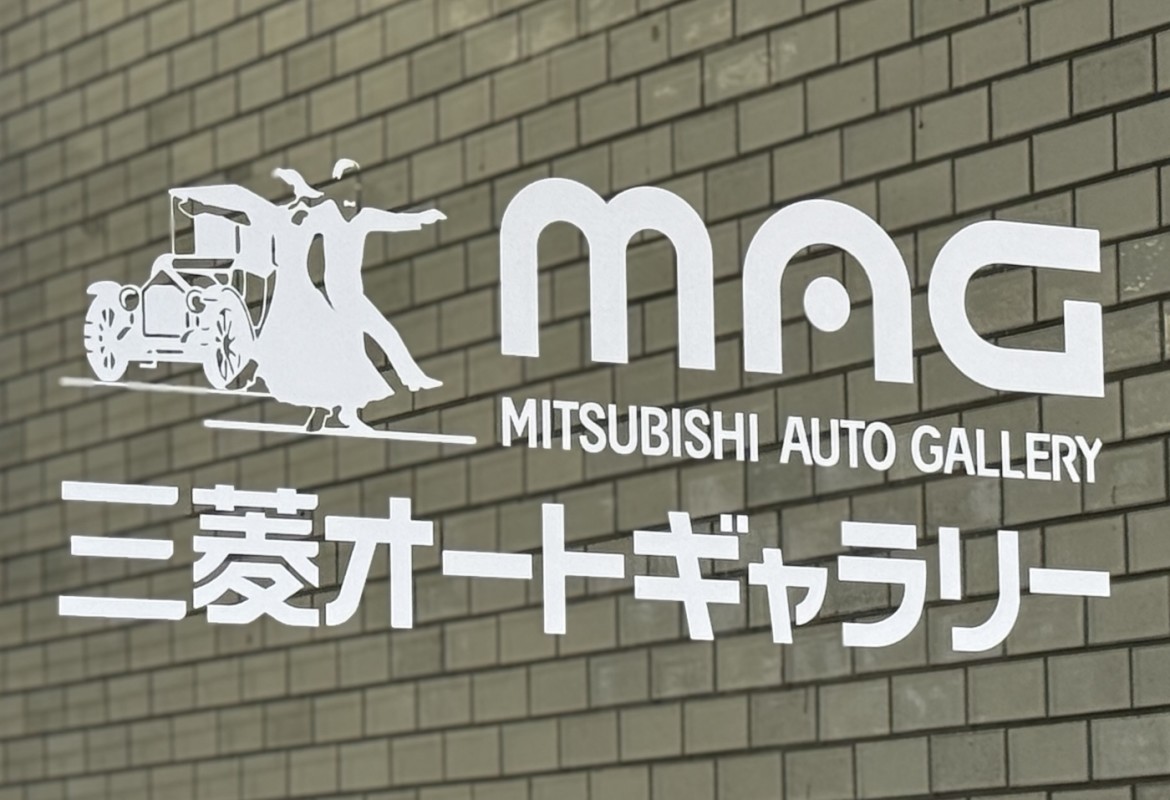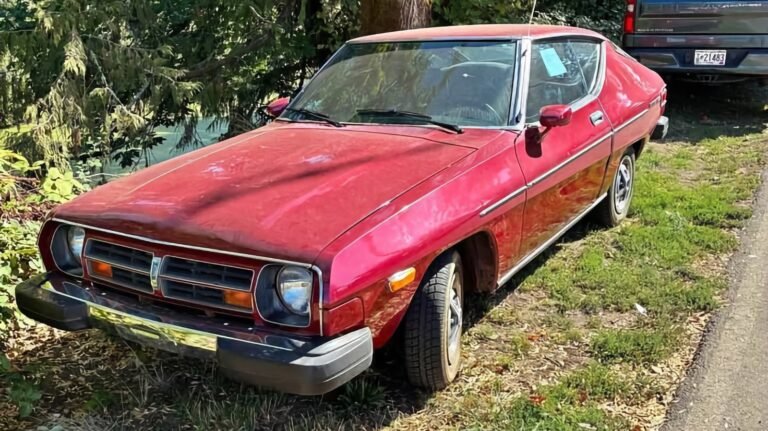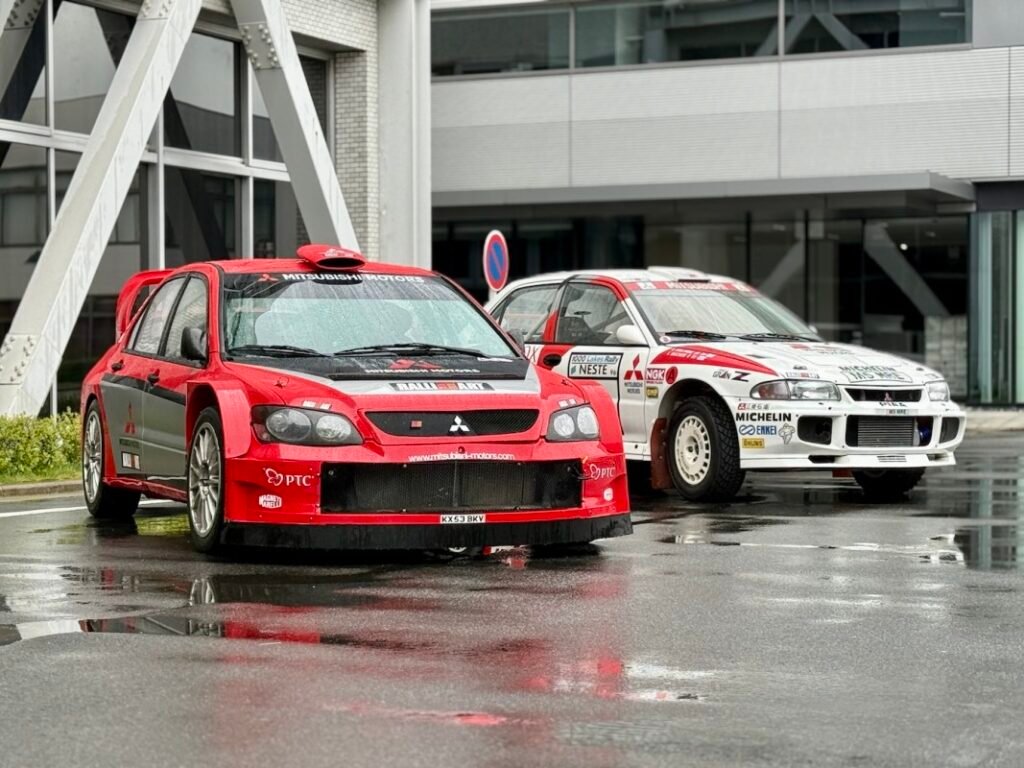
A Hidden Treasure in Okazaki
Nestled within Mitsubishi’s Okazaki Plant is a museum most people will never see — the Mitsubishi Auto Gallery. It’s not open to the public (unless invited), but beyond the exclusivity, it’s a once-in-a-lifetime experience. The company is naturally careful about who enters its R&D center – where concepts and future models are born years ahead of their global debut.
Given several security measures, we’re surprised we were given the green light to visit the museum. Surprised, and thoroughly excited.
Stepping inside feels more like entering a time capsule than a showroom. The space traces over a century of Japanese automotive history through the lens of one manufacturer that’s seen it all: from Japan’s first mass-produced passenger car to the machines that conquered rally stages worldwide.
Jacob Oliva/Autoblog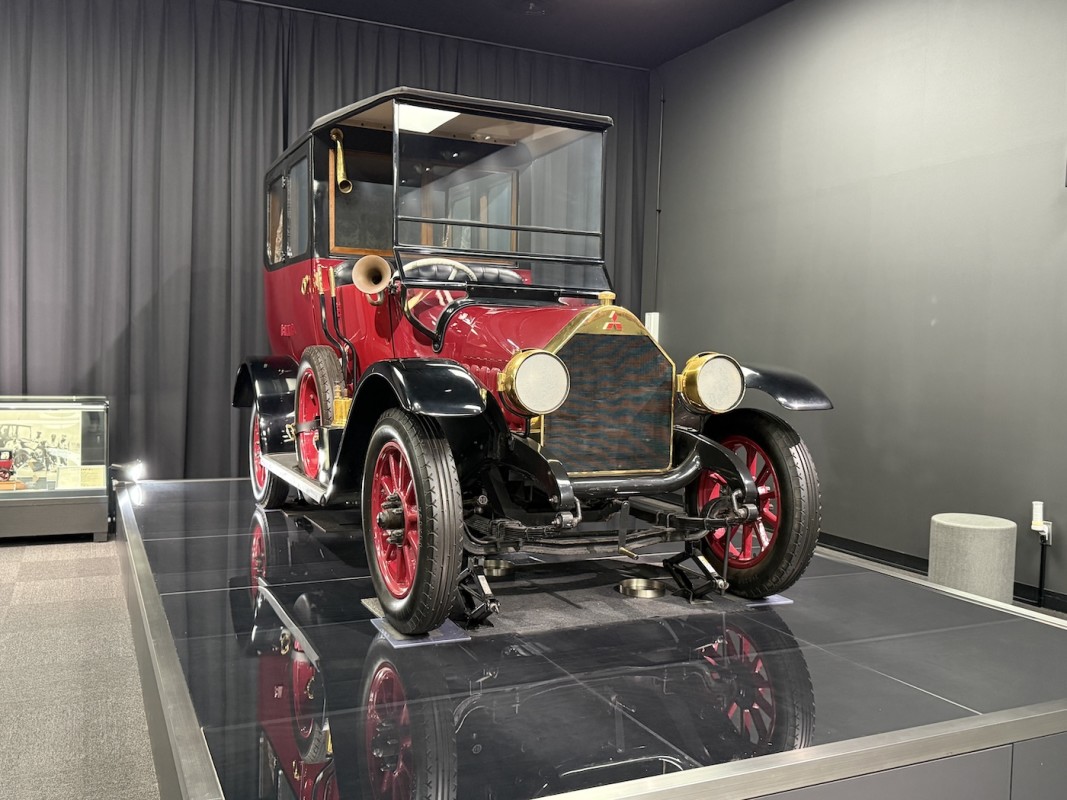
From the People’s Car to Everyday Heroes
It all began with the Mitsubishi Model A (1917), the brand’s first attempt at a production car. Only 22 units were made, all by hand at the Kobe Shipyard. Its tall body and carriage-like stance hint at the time when Japan’s automobile industry was still finding its feet. As early as 1935, Mitsubishi was already in 4WD production with the PX33 – 70 horsepower might not be a lot, but a full-time all-paw system in the ’30s sounds absolutely bonkers.
A few steps away, the Mizushima TM3C (1946) stands as Mitsubishi’s first mass-produced three-wheeler – a rugged little truck designed in postwar Japan when resources were tight and practicality mattered most.
The 1960s marked Mitsubishi’s shift from utility to everyday mobility. The Mitsubishi 500 (1960), created under Japan’s “people’s car” initiative. It even claimed a clean sweep at the 1962 Macau Grand Prix – not bad for something built to be cheap and cheerful. Nearby, the Colt 600 Convertible (1962) and the Mitsubishi 360 Light Van (1961) show how the company balanced lightness and function before kei cars became a cultural staple.
Then there’s the Debonair (1964) – Mitsubishi’s first proper luxury sedan. Styled by Hans Bretzner, it aimed to give Japan a sense of prestige motoring long before Lexus existed. A few years later, the Colt Galant (1969) arrived with a wedge-shaped body and Mitsubishi’s first OHC engine. This model’s rally success, including a 1972 Southern Cross Rally victory, hinted at what was to come.
Jacob Oliva/Autoblog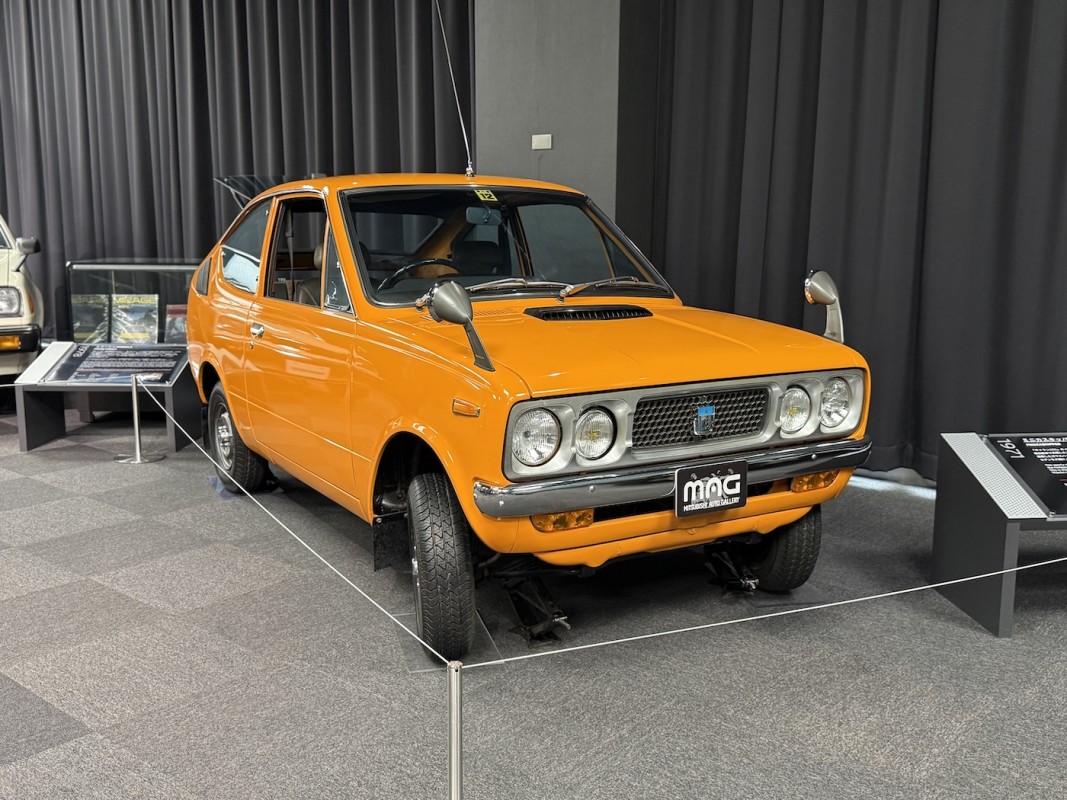
Rallying Into the World Stage
The museum’s rally section feels like a greatest-hits album. The Lancer 1600 GSR (1974) sits proudly with its safari dust still part of the legend – a car that won the East African Safari Rally twice and proved Mitsubishi could take on the toughest terrain on earth. Its spirit carried into the 1984 Starion 4WD Rally, a high-tech prototype that previewed the company’s future in all-wheel-drive competition.
Then there’s the 1995 Lancer Evolution III – arguably the car that cemented Mitsubishi’s name in rally racing. Curiously enough, the display shows the actual car that Kenneth Eriksson drove to Mitsubishi’s first WRC win in Australia. Just nearby, the Galant VR-4, fondly remembered as a rally car you can buy and drive, is a piece of 1990s tech optimism in metal form.
Jacob Oliva/Autoblog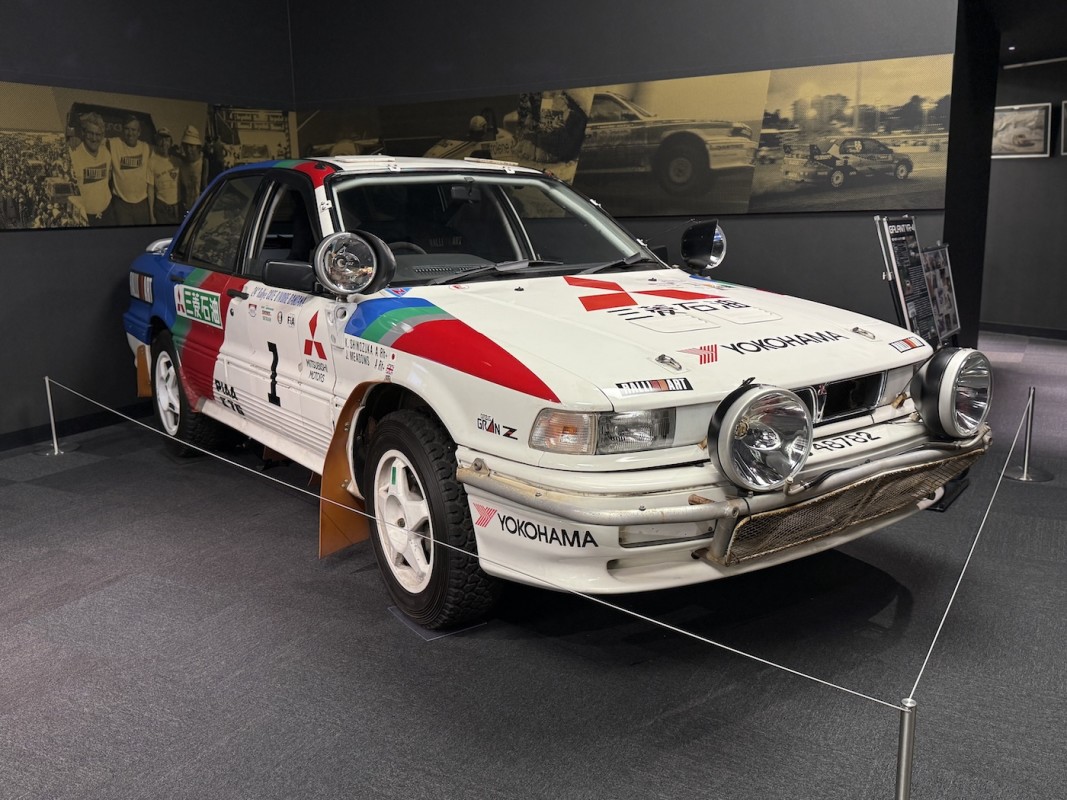
Experiments, Dreams, and What Came After
One display quietly steals the show – the 1991 HSR-III, an experimental concept that showcases what Mitsubishi imagined for the future. With all-wheel control, aerodynamic design, and a 1.6-liter turbo engine, it was both futuristic and nostalgic – though it made us wish Mitsubishi actually put this into production.
The Auto Gallery told Mitsubishi’s story by mirroring Japan’s industrial progress. From humble three-wheelers to Dakar-ready SUVs, each car is a reminder of how a century of engineering was shaped by ambition and adaptation. The 1994 Pajero Mini, blending off-road style with kei car practicality, perhaps sums it up best – small in size, big in spirit.
Inside Mitsubishi’s hidden museum, time feels still. What remains is a quiet appreciation for how far Japan’s car culture has come – and the machines that paved the way.
Jacob Oliva/Autoblog